All Photos(1)
About This Item
Linear Formula:
(CH3OC6H4CO)2CH2
CAS Number:
Molecular Weight:
284.31
EC Number:
MDL number:
UNSPSC Code:
12352100
PubChem Substance ID:
Recommended Products
Assay
97%
mp
108-115 °C (lit.)
SMILES string
COc1ccc(cc1)C(=O)CC(=O)c2ccc(OC)cc2
InChI
1S/C17H16O4/c1-20-14-7-3-12(4-8-14)16(18)11-17(19)13-5-9-15(21-2)10-6-13/h3-10H,11H2,1-2H3
InChI key
GNMDORSUZRRMFS-UHFFFAOYSA-N
General description
1,3-Bis(4-methoxyphenyl)-1,3-propanedione is a diketone. It is formed as an intermediate during the synthesis of bisphenols.
Application
1,3-Bis(4-methoxyphenyl)-1,3-propanedione (Hpmdbm) may be used:
- As a reactant in the preparation of 1,3-bis(4-hydroxyphenyl)-1,3-propanedione.
- As a starting material in the synthesis of propylpyrazole triol (PPT).
- As a ligand in the synthesis of [NaFe6(OCH3)12(pmdbm)6]ClO4, an iron(III)-oxo cluster.
Storage Class Code
11 - Combustible Solids
WGK
WGK 3
Flash Point(F)
Not applicable
Flash Point(C)
Not applicable
Personal Protective Equipment
dust mask type N95 (US), Eyeshields, Gloves
Regulatory Information
新产品
Choose from one of the most recent versions:
Already Own This Product?
Find documentation for the products that you have recently purchased in the Document Library.
β-Diketone reagents for the determination of borate in water.
Lambert JL, et al.
Analytical Chemistry, 50(6), 820-822 (1978)
Single-Ion versus Dipolar Origin of the Magnetic Anisotropy in Iron (III)-Oxo Clusters: A Case Study.
Abbati GL, et al.
Chemistry (Weinheim An Der Bergstrasse, Germany), 7(8), 1796-1807 (2001)
Thermostable and heat resistant aromatic polyethers based on heterocyclic bisphenols.
Rusanov AL and Belomoina NM.
Polymer Science, Series C, 51(1), 87-125 (2009)
James J Devery et al.
Synlett : accounts and rapid communications in synthetic organic chemistry, (9)(9), 1490-1494 (2009-01-01)
A convenient approach for the synthesis of tetrasubstituted pyrazoles is described. The method involves the treatment of 1,3-diketones and allyltrimethylsilane with CAN followed by cerium-catalyzed addition of substituted hydrazines to construct pyrazoles in good yields.
Our team of scientists has experience in all areas of research including Life Science, Material Science, Chemical Synthesis, Chromatography, Analytical and many others.
Contact Technical Service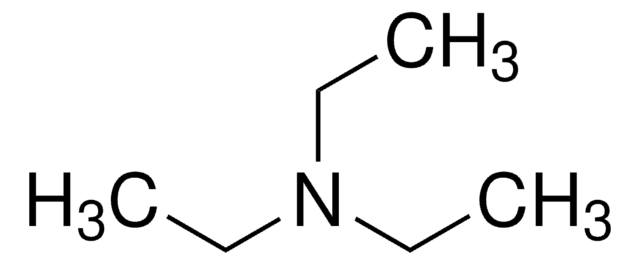
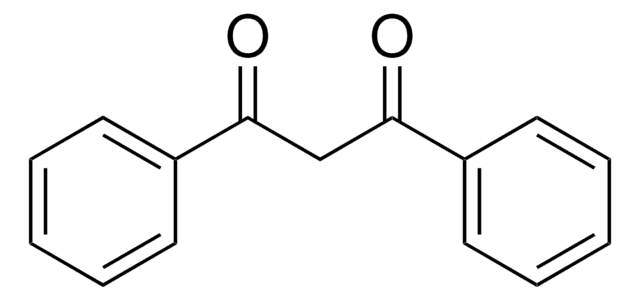
![(1R,6S)-7,7-DICHLOROBICYCLO[4.1.0]HEPTANE AldrichCPR](/deepweb/assets/sigmaaldrich/product/structures/277/889/82de2ba4-2aa9-4b89-bfe9-13932700eaef/640/82de2ba4-2aa9-4b89-bfe9-13932700eaef.png)
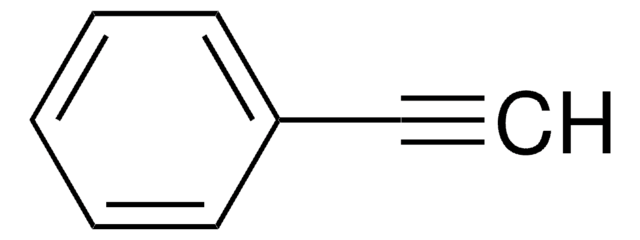
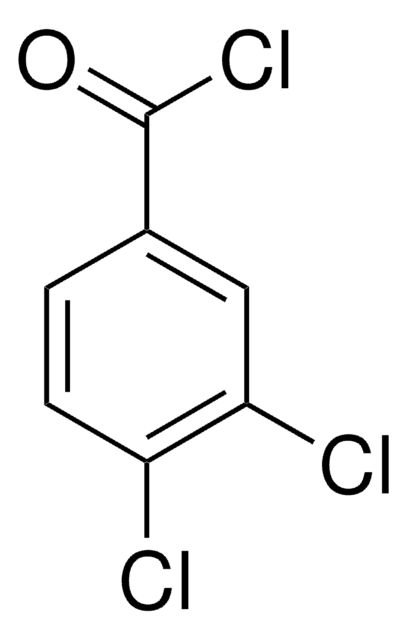
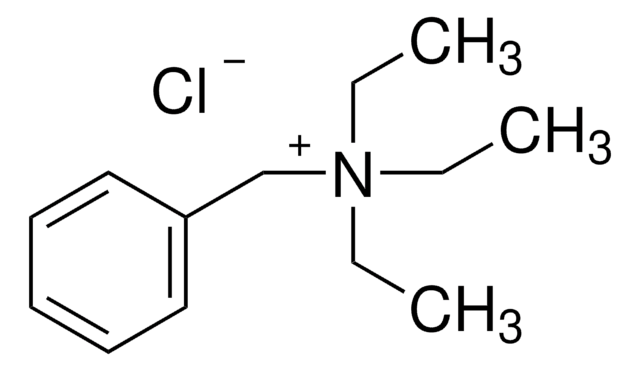
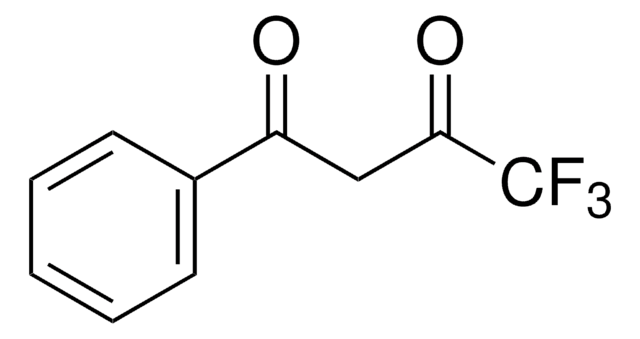

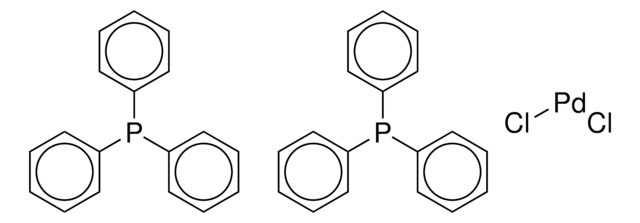
![4-[(Trimethylsilyl)ethynyl]benzaldehyde 97%](/deepweb/assets/sigmaaldrich/product/structures/350/679/378c15ce-18d5-4435-8a6c-f0974c6804ac/640/378c15ce-18d5-4435-8a6c-f0974c6804ac.png)